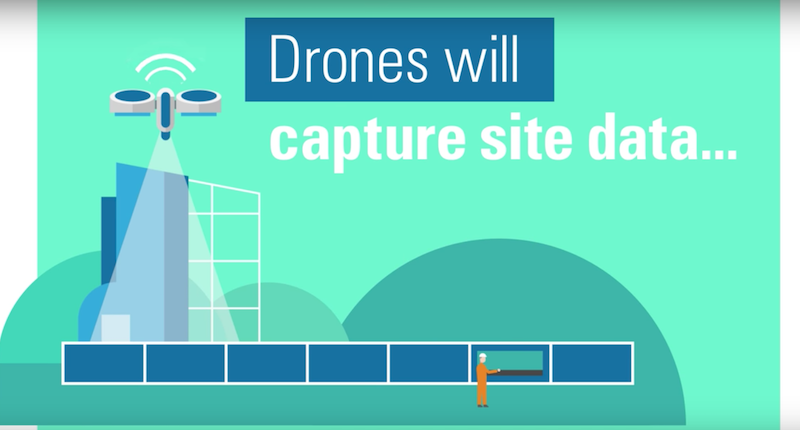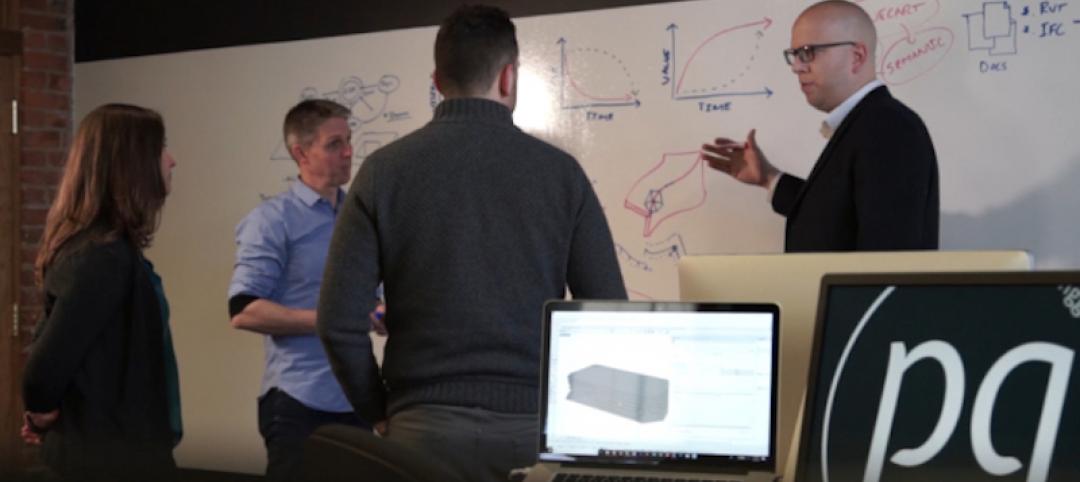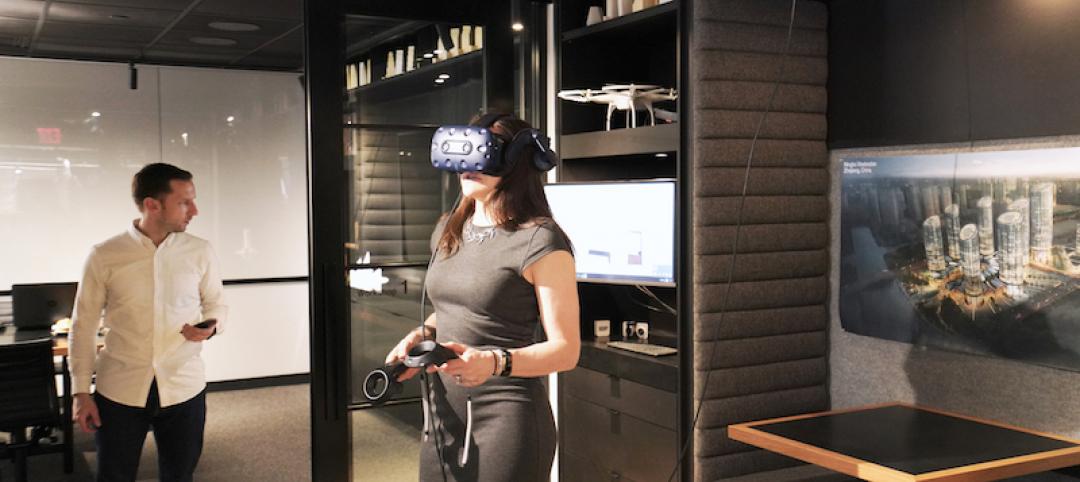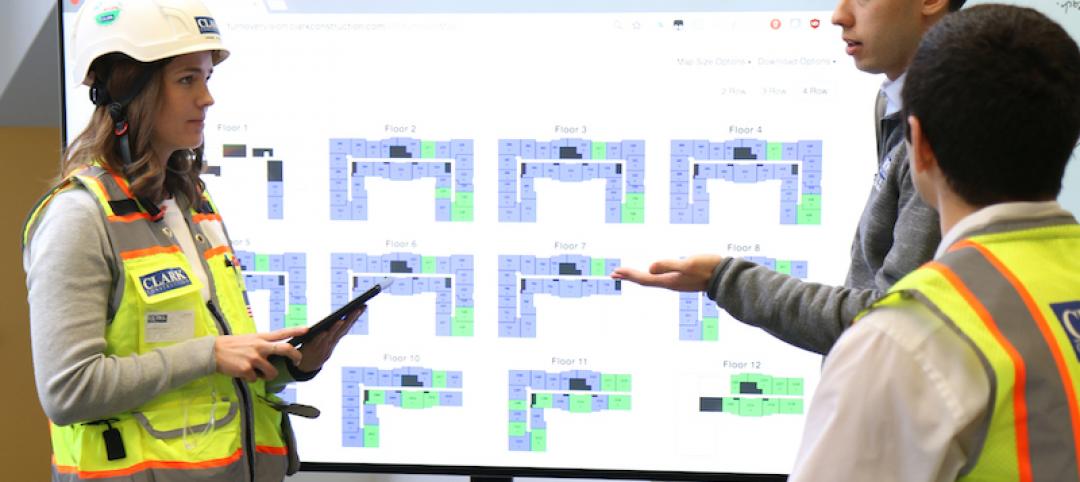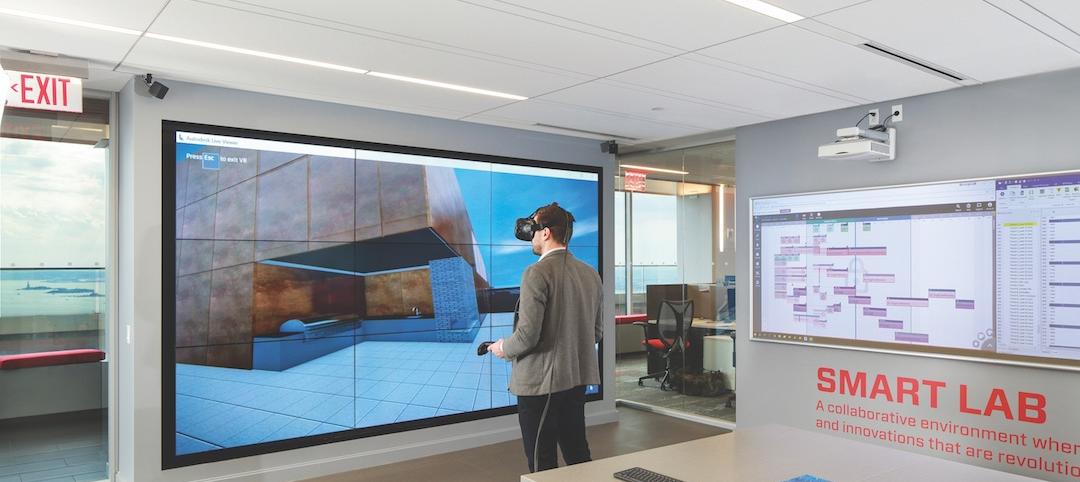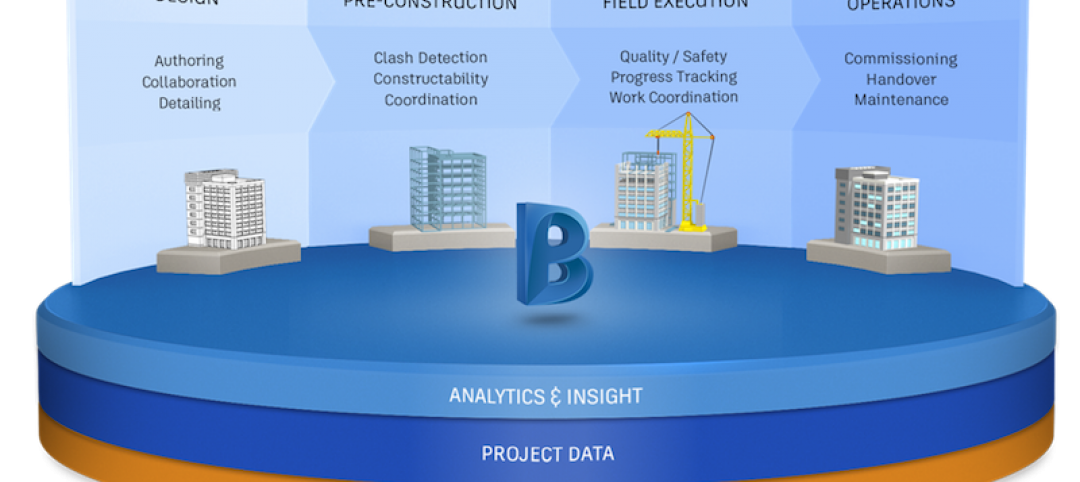It may seem a bit far-fetched, but by 2050, construction sites may be completely human-free, at least according to a new paper from Balfour Beatty titled “Innovation 2050 – A digital future for the infrastructure industry.”
The paper claims work that is currently done by humans will be accomplished via robots that work in teams to build complex structures using dynamic new materials. Elements of the build will have the capability to self-assemble and drones will constantly scan the site to collect data that can predict and solve problems before they arise. The drones can then use the information they gain to send instructions to robotic cranes and diggers and automated builders.
Humans will still have a role to play, albeit not on the actual job site. Humans will be able to remotely oversee multiple projects at once. If a bit of science fiction flair is what you want, then look no further than how humans will make site visits in the future, on the rare occasions they are necessary. Like Ripley in a Caterpillar P-5000 from Aliens, humans making a site visit will be equipped with exoskeletons to move and control machinery on site.
As part of the paper, Balfour Beatty also lists ten predictions for 2050, including:
1. The industry will become increasingly focused on innovation and both contractors and customers will become less risk-averse.
2. The shape and offer of the infrastructure industry will change significantly, with new business models, products and services.
3. Infrastructure will move on from concrete and steel to include new materials that respond to their surroundings.
For the additional 2050 predictions, click here.
Related Stories
Augmented Reality | May 30, 2018
HoloLens used as wayfinding device to guide blind people through complex buildings
Neither training nor modification of the physical environment are required to use the system.
Architects | May 14, 2018
4 tactics for our digital transformation
While our technology is becoming more advanced, the fundamental processes at the core of design and construction businesses have largely remained unchanged for decades.
Virtual Reality | May 8, 2018
‘Bespoke’ VR apps give Woods Bagot an edge in presenting design ideas
The architectural firm is finding that some clients respond quicker to proposals as a result.
Architects | Apr 16, 2018
Is the AEC industry ready to shake off its retrograde image?
Technology has been and always will be perceived as a source for wonder and worry.
Building Technology | Apr 10, 2018
A jobsite dashboard is helping Clark Construction take the drudgery out of managing punch lists
Turnover Vision is the latest example of Clark digitizing its construction management process.
Contractors | Apr 9, 2018
Tech Report 5.0: Smart(er) Jobsites
Real-time construction analysis, just-in-time materials delivery, digital production planning systems—these are just a few of the novel approaches construction firms are implementing to take control of their jobsites.
Building Technology | Apr 9, 2018
Autodesk opens its Forge platform, encouraging more suppliers to build onto it
The goal is to further streamline the construction process, from design to commissioning.
Architects | Apr 5, 2018
Tech Report 5.0: The Human Touch
Can studying humans at a behavioral level produce better buildings? Cognitive architecture experts are working to find out.
Building Technology | Apr 4, 2018
Tech Report 5.0: Digital Immersion
Indoor digital media changes the identities of buildings by stimulating occupant interaction.
Building Technology | Apr 3, 2018
Tech Report 5.0: AI Arrives
From construction scheduling to risk management, AEC firms see promise in budding artificial intelligence platforms geared for commercial building projects.


